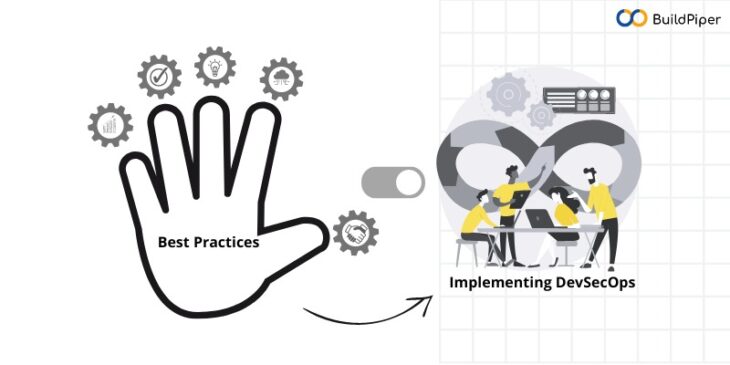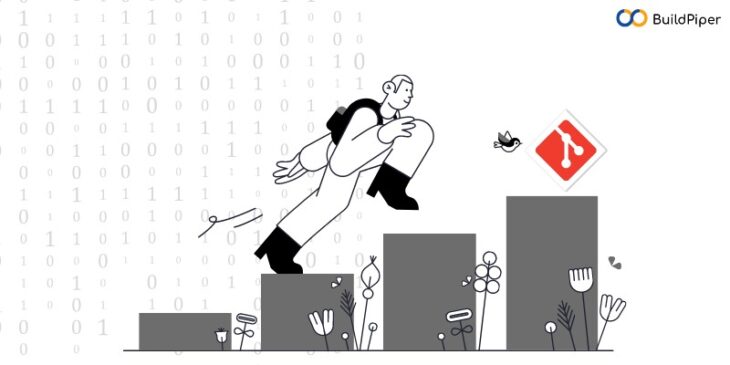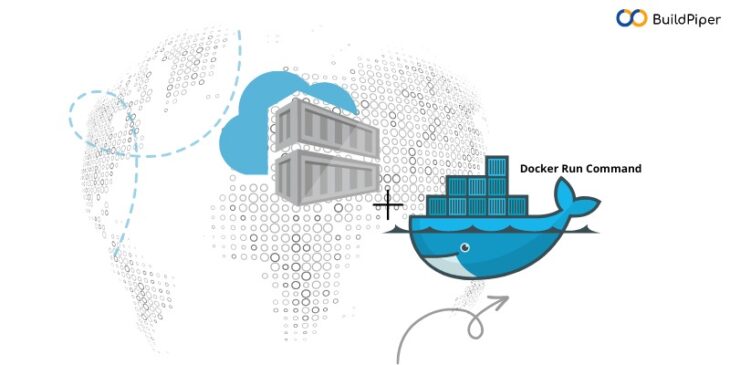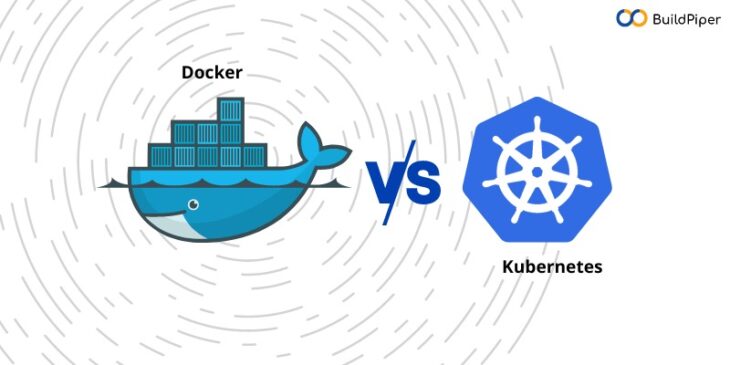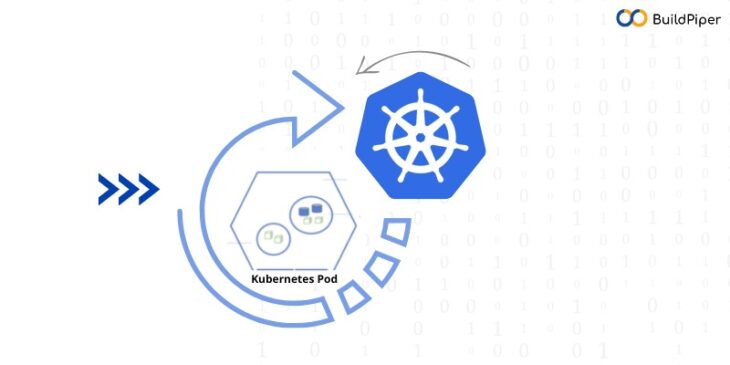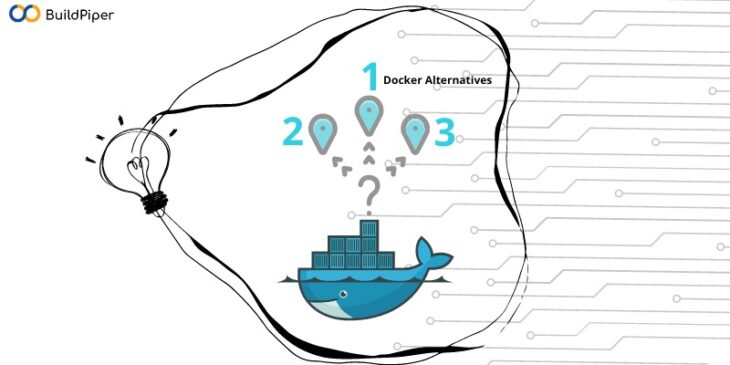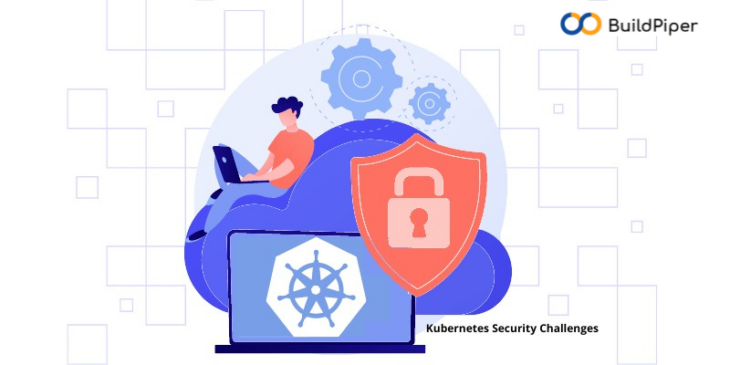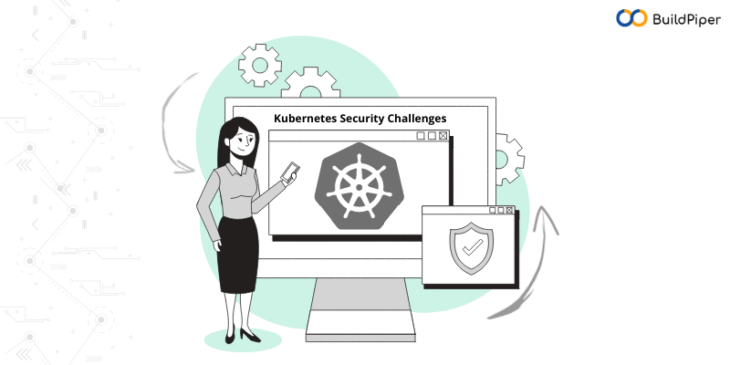5 Best Practices for Implementing DevOps Security
With DevOps security becoming mainstream, enterprises have recognized the need for bringing security and development together. Here are 5 best practices for implementing DevOps security to ensure infrastructure security.
Read MoreMastering Git Branch Deletion: A Step-by-Step Guide
As a project evolves and branches are merged, it’s important to remove old branches that are no longer needed to keep the repository organized and reduce clutter. Explore how to delete a git branch both locally and remotely.
Read MoreHow Elasticsearch Works?
Elasticsearch is a distributed, full-text search and analytics engine that allows you to store, search, and analyze large volumes of data quickly. The blog explains what Elasticsearch is, how Elasticsearch works and how you can configure, install and run it. Also, explore its benefits and use cases.
Read MoreSimplifying Containerization with Docker Run Command
Docker run is a fundamental command for running applications in Docker containers. Here, we’ll explain the basic syntax of the Docker run command and explore some of its common options to help you get started with running and managing containers.
Read MoreAll you need to know about YAML Files
Explore the power of YAML files in defining configurations, data structures, and much more. Learn how YAML’s human-readable & easily editable format can streamline your workflows and simplify your development process.
Read MoreDocker Images vs Containers: Explore the Differences
Discover the differences between Docker Images & Containers in this blog. Here, we discuss Docker images vs Containers. Know how Docker Images act as a blueprint for applications and how Containers provide an isolated runtime environment.
Read MoreDocker versus Kubernetes: Know the Difference
Docker and Kubernetes are both technologies related to containerization and container orchestration but they serve different purposes. Here, we’ll discuss Kubernetes and Docker in detail and chalk out important differences.
Read MoreHow to Restart a Pod using kubectl Command?
‘kubectl’ is the command line interface for running commands against Kubernetes clusters. It allows you to manage and monitor your cluster resources. Here’s how you can restart pods using kubectl commands. Let’s read this in detail.
Read MoreHow to Create a Dockerfile?
Here, in this blog, we will know what is a Dockerfile, explore the basics of Dockerfiles, including the syntax and structure of a Dockerfile and know how to create a Dockerfile, how Dockerfile works, why Dockerfile is used & what is Dockerfile used for.
Read MoreTop 3 Docker Alternatives to Consider in 2023
Docker is a popular platform for creating and managing containerized applications. However, there are several Docker alternatives that can be used for this purpose. Here, we discuss three Docker hub alternatives. Let’s read!
Read MoreThe Abstruse Case of Handling Kubernetes Security- Part 2
With so much complexity in deploying Kubernetes, unwanted exposure tends to increase, making Kubernetes vulnerable to security threats and unauthorized access. Here, we’ll discuss the top Kubernetes security challenges. Take a look!
Read MoreThe Abstruse Case of Handling Kubernetes Security- Part 1
Enterprises, in the continuous efforts to strengthen their cloud-native strategies, including what platforms and tools they should use may benefit from understanding these Kubernetes security challenges! Take a look!
Read More
